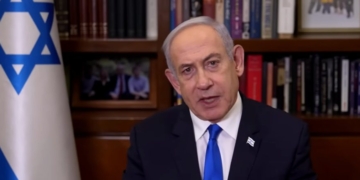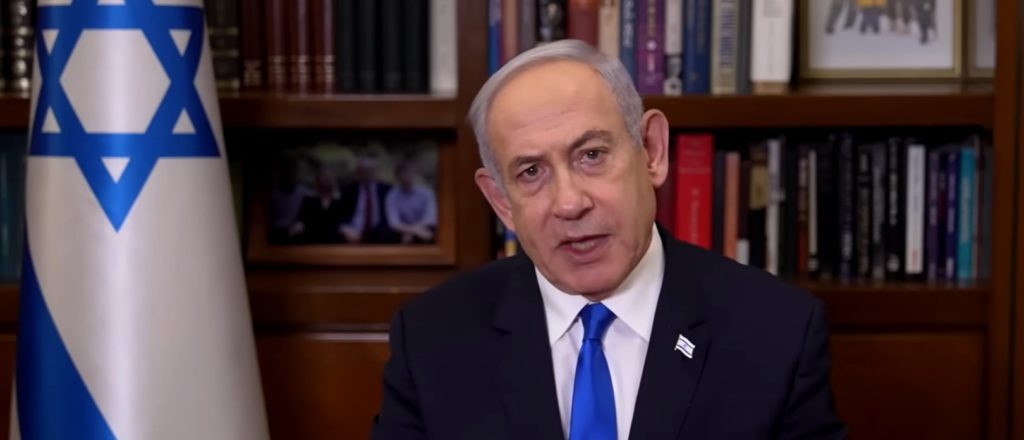As Israeli forces struggle to quash Hamas in Gaza — in a war that’s engulfed the region for nearly a year — a more potent, dangerous threat is looming over Israel’s border in the form of Hezbollah.
Israel and Hezbollah have been engaged in tit-for-tat skirmishes over the Israeli-Lebanese border since Oct. 7, the date Hamas invaded Israel and Israel subsequently invaded Gaza, but mounting tensions in June and July have driven the two adversaries further into conflict, raising the specter of a full-scale war. Hezbollah has greater manpower, weapons and funding available to it than Hamas has — or any of Iran’s other terror proxy groups — making it a more dangerous threat to Israel and the broader stability of the Middle East region, according to the Foundation for Defense of Democracies (FDD) Long War Journal.
“[Hamas and Hezbollah] both operate as hybrid movements, but in terms of quality, terms of their arms, in terms of training, in terms of the quality of the individual fighter, I would say Hezbollah is exponentially more powerful,” David Daoud, senior fellow on Middle Eastern affairs at FDD, told the Daily Caller News Foundation. “They will pose much more of a challenge to the Israelis.”
Hezbollah is estimated to have access to over 150,000 rocket, missile, drone and mortar variants, some of which have been stockpiled for decades, according to FDD’s Long War Journal. Among those are between 40,000 and 80,000 short-range rockets that could be used in cross-border attacks against Israel, and between 60,000 and 80,000 longer-range rockets capable of striking deep inside Israeli territory.
Hezbollah also possesses precision-guided missiles capable of narrowly lasering in on its targets, allowing the terror group to potentially use fewer missiles overall to inflict damage on critical sites inside of Israel, according to FDD’s Long War Journal. Hezbollah has leaned on Iran to provide some of the technology needed to develop precision munitions.
Hezbollah has a network of subterranean tunnels along this border that allow the group to effectively move weapons and stage an infiltration operation into Israel, according to FDD’s Long War Journal. Inside the tunnels are a series of command and logistic facilities, weapons depots and vehicle storage units.
“Hezbollah is the world’s most heavily armed non-state actor,” a 2018 study from the Center for Strategic and International Studies (CSIS) reads.
Hezbollah enjoys more funding from Iran than any other terror proxy in the country’s network, according to FDD. The terrorist group receives roughly $700 million a year from Iran, and rakes in hundreds of millions of dollars more from illegal activities; Hamas receives roughly $100 million a year directly from Iran and about $120 million from Qatar.
The terror group is estimated to have somewhere between 40,000 and 50,000 fighters, including the Radwan Force, an elite fighting force responsible for a majority of the recent cross-border attacks, according to a May Congressional Research Service report and The New York Times. Hamas was estimated to have roughly 30,000 fighters when the Gaza war began on Oct. 7 and now has somewhere between 9,000 and 12,000 fighters, according to The Council on Foreign Relations and The Jerusalem Post.
Tensions and skirmishes have been frequent between Israel and Hezbollah since Oct. 7, but the situation has escalated dramatically in recent weeks with an increase in cross-border strikes and warnings from both sides. Barrages of rocket fire between the two have sparked massive wildfires in southern Lebanon and northern Israel, consuming thousands of acres of land in recent weeks, according to The Associated Press.
Israeli officials have hinted that the current conflict is unsustainable and a decision must be made soon as to how to address the situation.
“Whoever thinks he can hurt us and we will respond by sitting on our hands is making a big mistake,” Israeli Prime Minister Benjamin Netanyahu said in early June. “We are prepared for very intense action in the north. One way or another, we will restore security to the north.”
Hezbollah fired over 200 rockets at military sites in northern Israel last week, most of which were intercepted by Israeli forces, according to ABC News. The attack was one of the largest Hezbollah has launched since Oct. 7.
Both sides have increased their military presence along the border in anticipation of a full-scale conflict. Western nations have scrambled in recent weeks to try to prevent a war between the two sides, but it has done little to reduce tensions, according to ABC.
The U.S. government indicated in June that it would be unable to effectively aid Israel in defensive or offensive measures should a full war break out with Hezbollah.
“This way or that, through diplomatic efforts or a military operation, we will have to take care of it,” Yuli Edelstein, an Israeli lawmaker and chair of the Foreign Affairs and Defense Committee, told European diplomats on Thursday, according to The Times of Israel. “It can’t drag on forever.”
The IDF did not immediately respond to a request for comment.
Featured image credit. (Screen Capture/IsraeliPM)
All content created by the Daily Caller News Foundation, an independent and nonpartisan newswire service, is available without charge to any legitimate news publisher that can provide a large audience. All republished articles must include our logo, our reporter’s byline and their DCNF affiliation. For any questions about our guidelines or partnering with us, please contact [email protected].

















 Continue with Google
Continue with Google